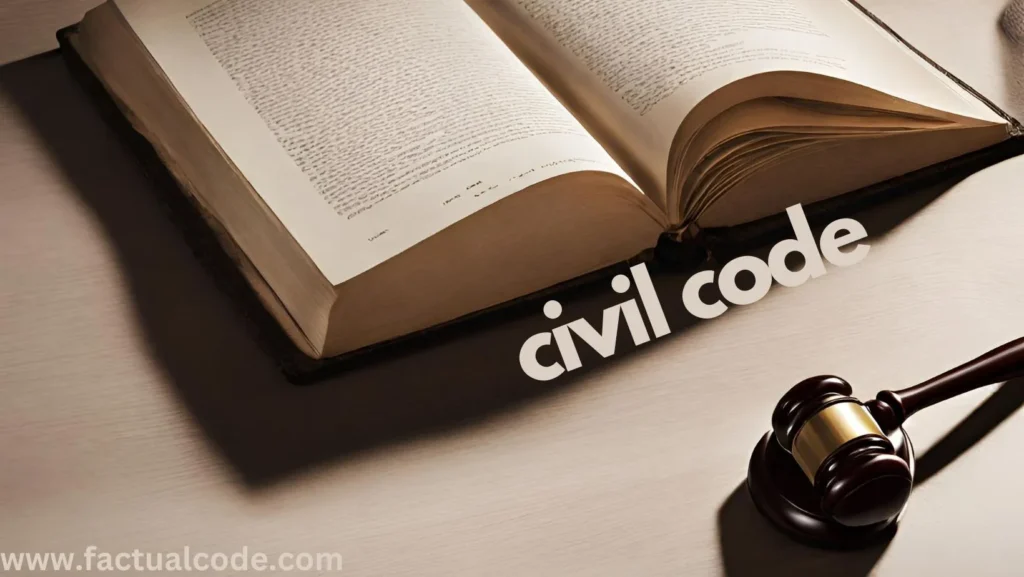Introduction
An interpleader suit is a legal mechanism designed to protect a neutral stakeholder who holds property or money but faces conflicting claims from two or more parties. This suit allows the stakeholder to seek the court’s intervention to determine the rightful owner, thereby avoiding multiple litigations and liabilities. Interpleader suits play a vital role in ensuring judicial efficiency and fairness in property or financial disputes.
Statutory Provisions
In India, interpleader suits are governed by Section 88 and Order XXXV of the Code of Civil Procedure, 1908.
Section 88: Permits a neutral party who holds property or money without any interest to initiate an interpleader suit.
Order XXXV: Provides the procedural framework for filing interpleader suits, including the conditions for admissibility, plaintiff obligations, and court procedures.
Essential Conditions for Filing an Interpleader Suit
To maintain an interpleader suit, the following conditions must be met:
1. Existence of Conflicting Claims:
There must be competing claims from two or more parties over the same property or sum of money.
2. Stakeholder’s Neutrality:
The plaintiff (stakeholder) must have no personal interest in the disputed property except for charges or costs incurred.
3. Willingness to Transfer:
The stakeholder must be willing to hand over the property or money to whichever party the court decides is entitled to it.
4. No Collusion:
There should be no collusion between the stakeholder and any of the claimants.
5. Nature of the Disputed Property:
The subject matter of the dispute can be either movable or immovable property, often involving financial claims or debts.
Procedure for Filing an Interpleader Suit
1. Filing of Plaint:
The stakeholder files a plaint in the appropriate court, naming all claimants as defendants.
2. Deposit of Property/Money:
The plaintiff may be required to deposit the disputed property or money with the court.
3. Notice to Defendants:
All defendants (claimants) are served notice to present their claims.
4. Court Hearing:
A hearing is conducted where each claimant presents their case.
5. Judgment:
The court determines the rightful owner of the property or money and passes an appropriate order.
6. Discharge of Stakeholder:
Upon compliance with the court order, the stakeholder is discharged from any further liability.
Who Cannot File an Interpleader Suit?
Certain categories of parties are barred from filing interpleader suits:
1. Defendants:
Only neutral stakeholders can file interpleader suits; defendants in existing cases are not eligible.
2. Agents Against Principals:
Agents cannot file interpleader suits against their principals.
3. Tenants Against Landlords:
Tenants are barred from filing interpleader suits against landlords unless a third party also claims the property.
Examples of Interpleader Suits
Bank Deposit Dispute:
A bank holds a fixed deposit of ₹2 crores. After the depositor’s death, two wives claim the money for their child’s maintenance. The bank files an interpleader suit to resolve the competing claims.
Property Ownership Dispute:
Sanjeev owns a flat and dies intestate, leaving behind two wives claiming the property. Sanjeev’s father files an interpleader suit to determine the rightful owner.
Case Laws on Interpleader Suits
1. Smt. Mohan Devi v. Sh. Gokal Chand And Anr.
The court ruled that tenants cannot compel landlords to interplead. This case establishes a clear limitation on who can initiate an interpleader suit.
2. Chhaganlal Himatlal v. Bombay, Baroda and Central India Railway
This case clarified that an agent, such as a railway company, cannot file an interpleader suit against consignors. It reaffirmed the principle that agents must act on behalf of their principals.
Significance of Interpleader Suits
Legal Clarity: Ensures judicial determination of ownership rights.
Efficiency: Prevents multiple lawsuits over the same property.
Protection: Safeguards the neutral stakeholder from multiple liabilities.
Equity: Ensures a fair and just resolution of disputes.
Conclusion
An interpleader suit is a vital legal tool for resolving disputes where a neutral stakeholder faces multiple conflicting claims. By providing a structured and efficient judicial process, it protects stakeholders from unwarranted liability and ensures that the rightful claimant is determined. Its importance is underscored by statutory provisions and judicial pronouncements that reinforce its role in maintaining legal and financial order.
💡 Expert Tip: Interpleader suits help resolve disputes when multiple parties claim the same property. Want to better understand these suits and their legal process? Check out our in-depth guide on How to Read CPC (Code of Civil Procedure, 1908) for insights into procedural laws governing such cases.

